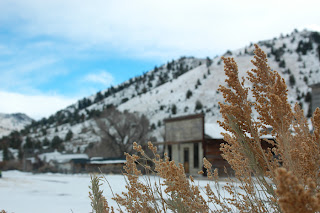I loved doing this assignment. I have done a little night photography before, but it was fun to experiment with new techniques.
Camera Motion Painting: For these two shots, I set my shutter for a longer exposure and moved my camera around to create the dancing light.
Swirls: 2/18/11—8:16 PM; Rexburg, ID; f/2.7; 2.5 sec.; Canon PowerShot A1100
-I increased the contrast and saturation to this picture.
Dancing Light: 2/18/11—8:15 PM; Rexburg, ID; f/2.7; 1.6 sec.; Canon PowerShot A1100
-I increased the contrast and saturation to this picture.
Moving Light Capture: For this picture I set up my tripod and put my camera on a self timer. My shutter was open for six seconds and so I got cars stopping and going. I cropped the image down to make the composition better.
Light Motion: 2/18/11—8:12 PM; Rexburg, ID; f/2.7; 6 sec.; Canon PowerShot A1100
-I added contrast and bumped up the saturation to this shot.
Light Painting: For these two shots I used the "painting with light" technique. We were in a completely dark room and the only light source was the small lights we were painting with. It was fun to see what kind things we could come up with (my husband helped me).
On the Lighter Side of Love: 2/19/11—10:03 PM; Blackfoot, ID; f/2.7; 15 sec.; Canon PowerShot A1100
-I lowered the contrast on this picture.
To Paint a Flower: 2/19/11—10:15 PM; Blackfoot, ID; f/3.2; 15 sec.; Canon PowerShot A1100
-I increased the contrast and made it a little darker.
This picture was an experiment, but I thought it turned out kind of cool. He stood in one location for five seconds, moved quickly, then posed for another five seconds. The result:
Fatal Blow: 2/19/11—10:09 PM; Blackfoot, ID; f/2.7; 15 sec.; Canon PowerShot A1100
-I added a little contrast to this shot, as well as lowered the brightness.














































